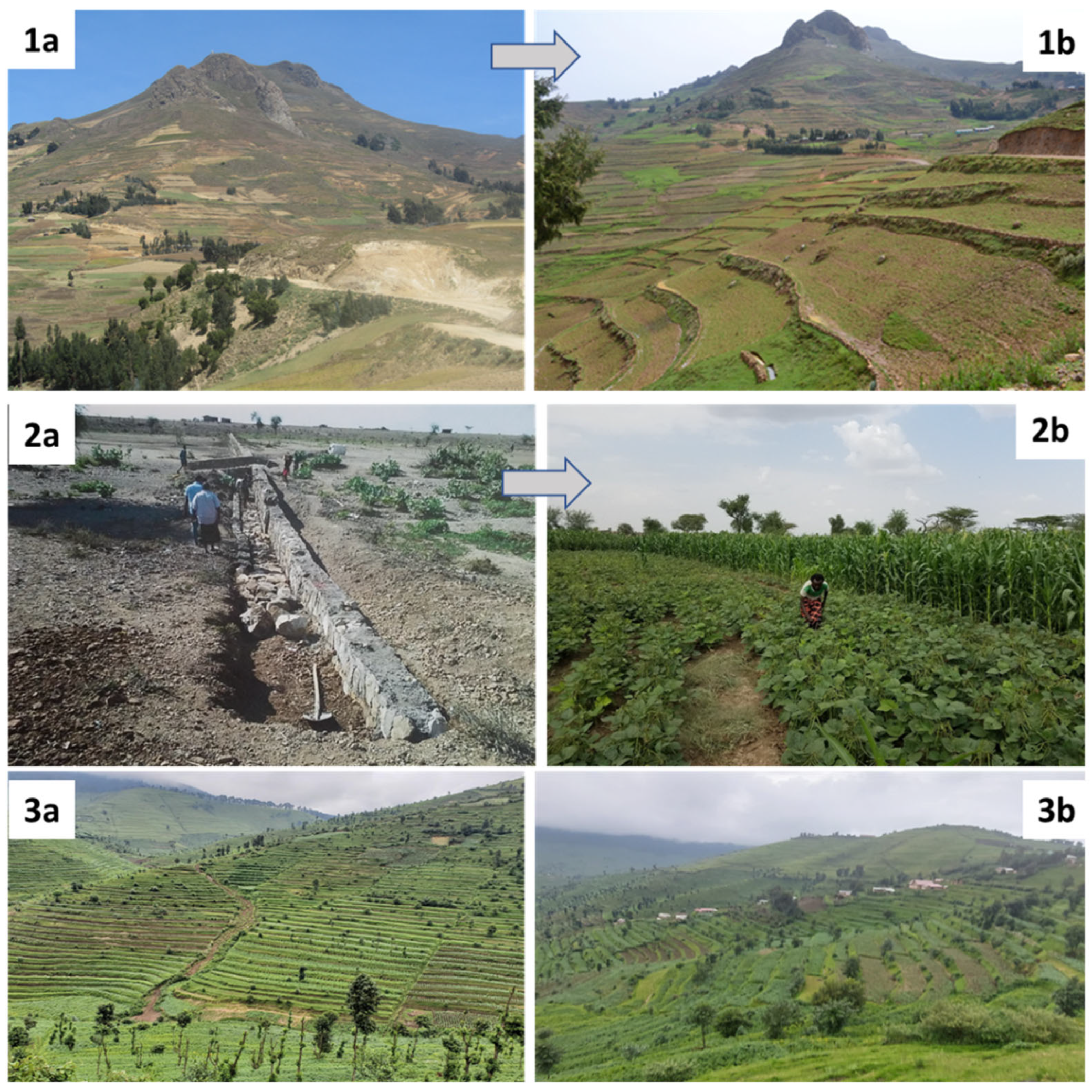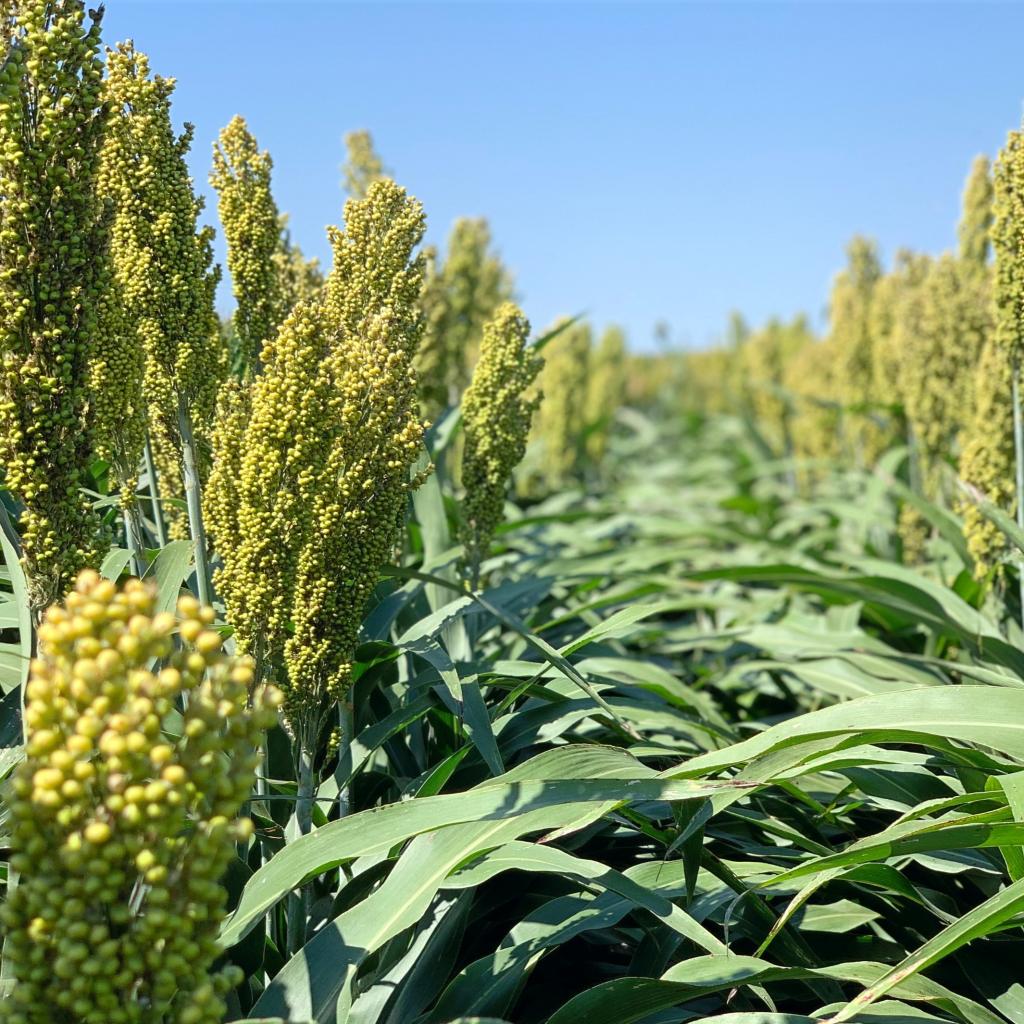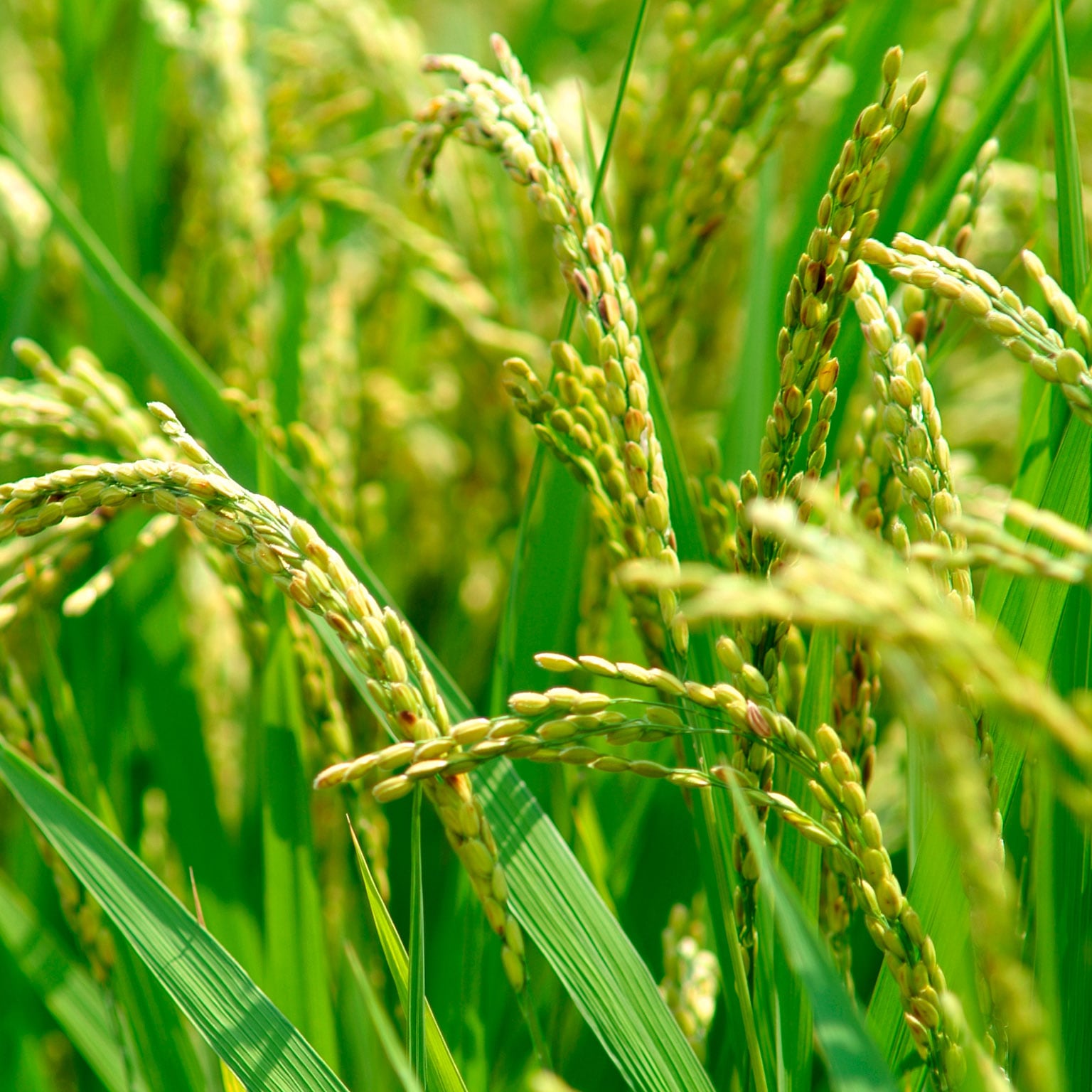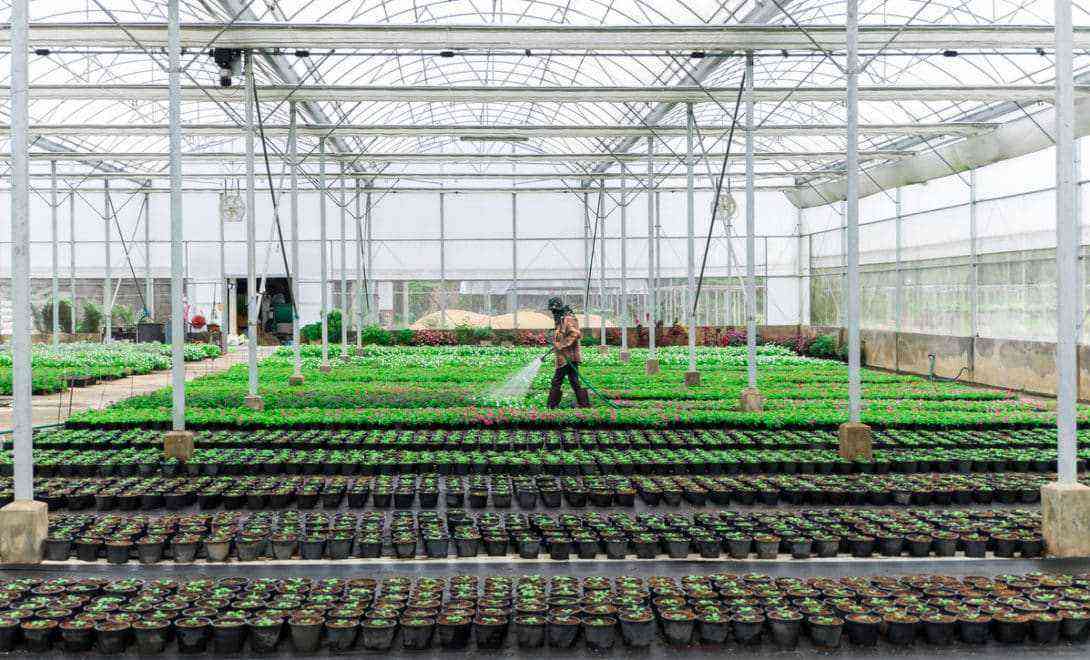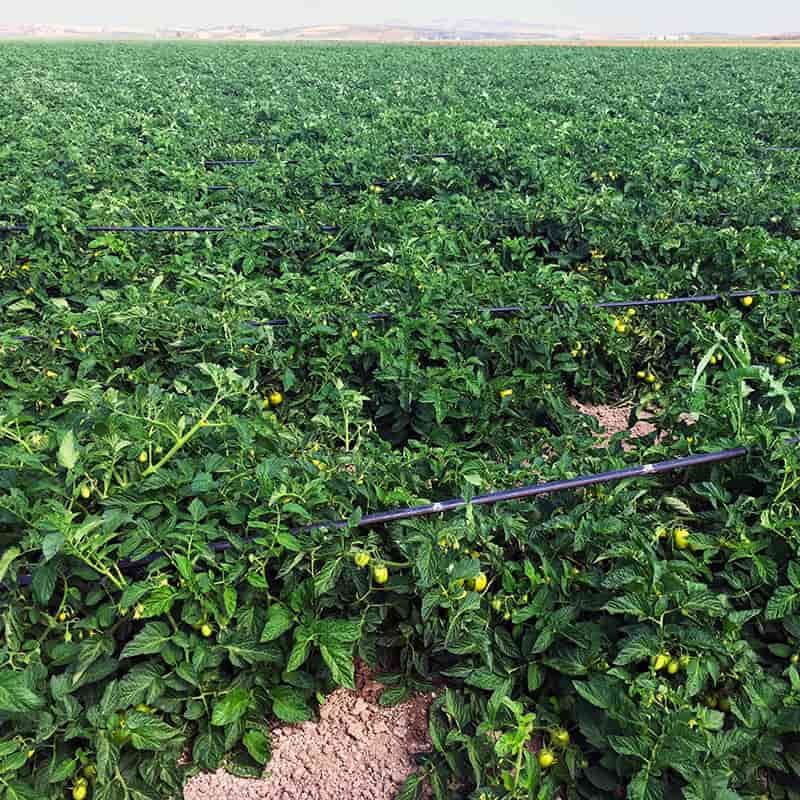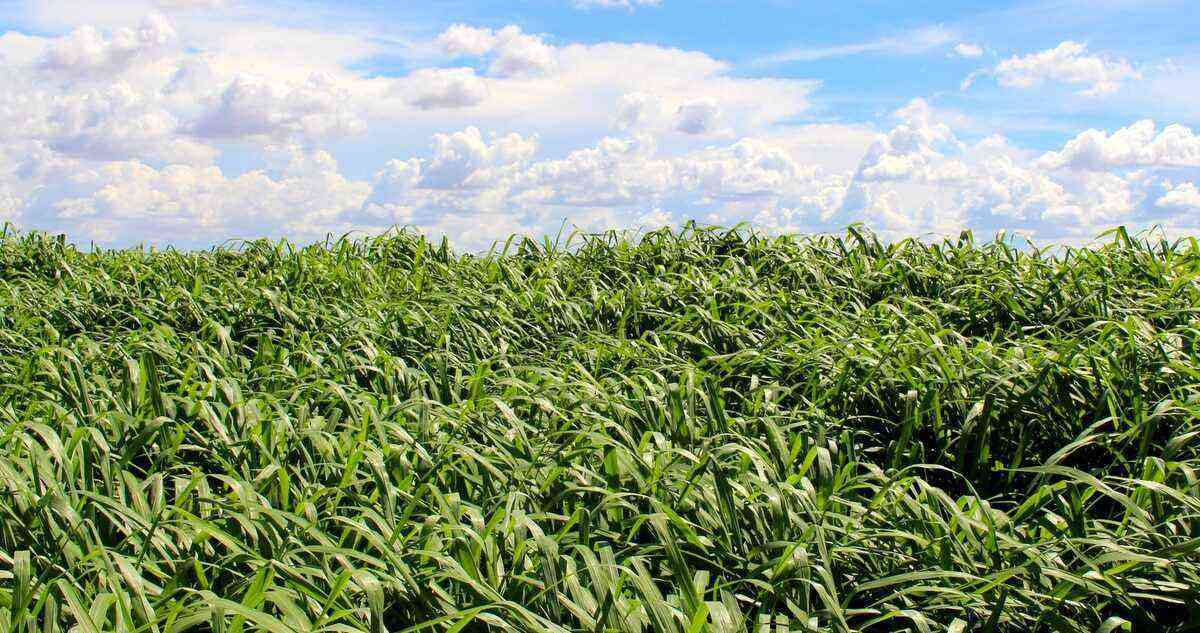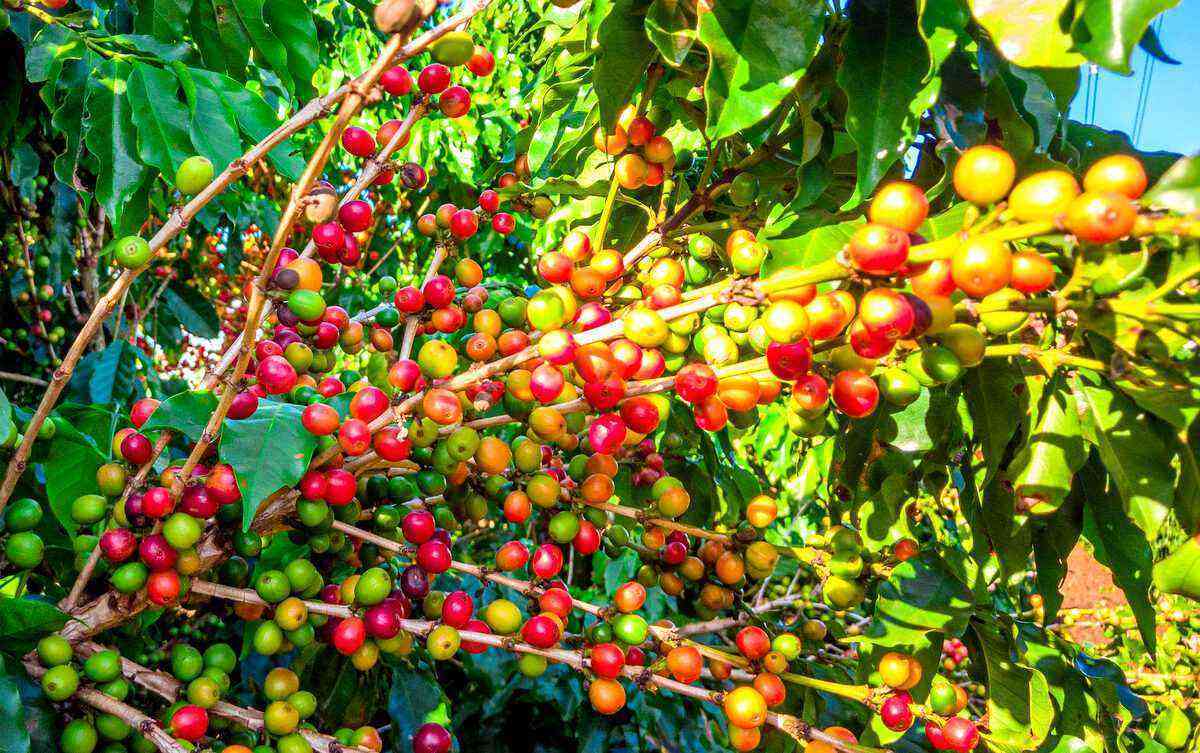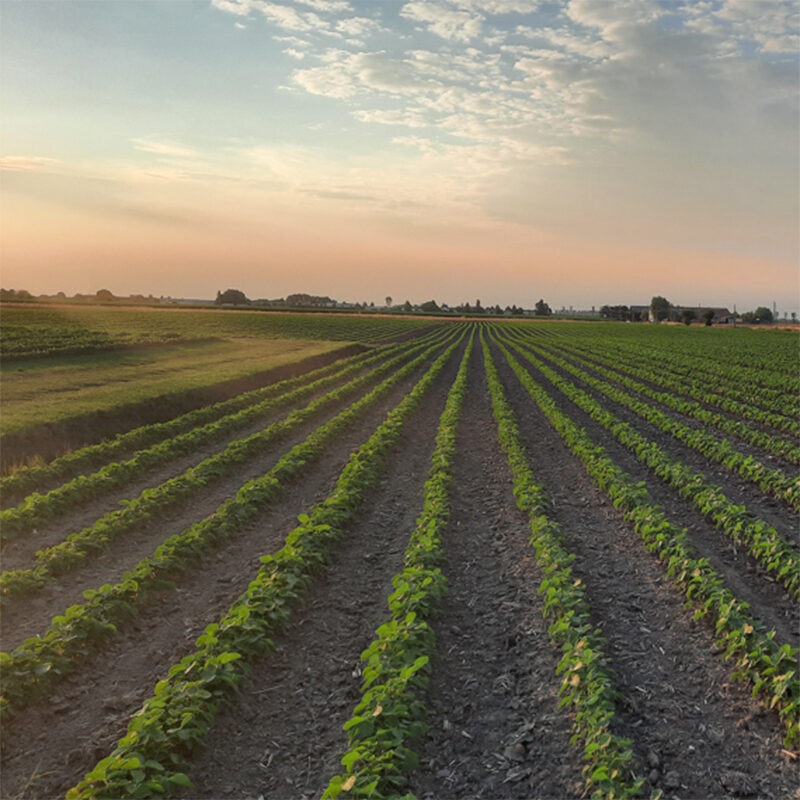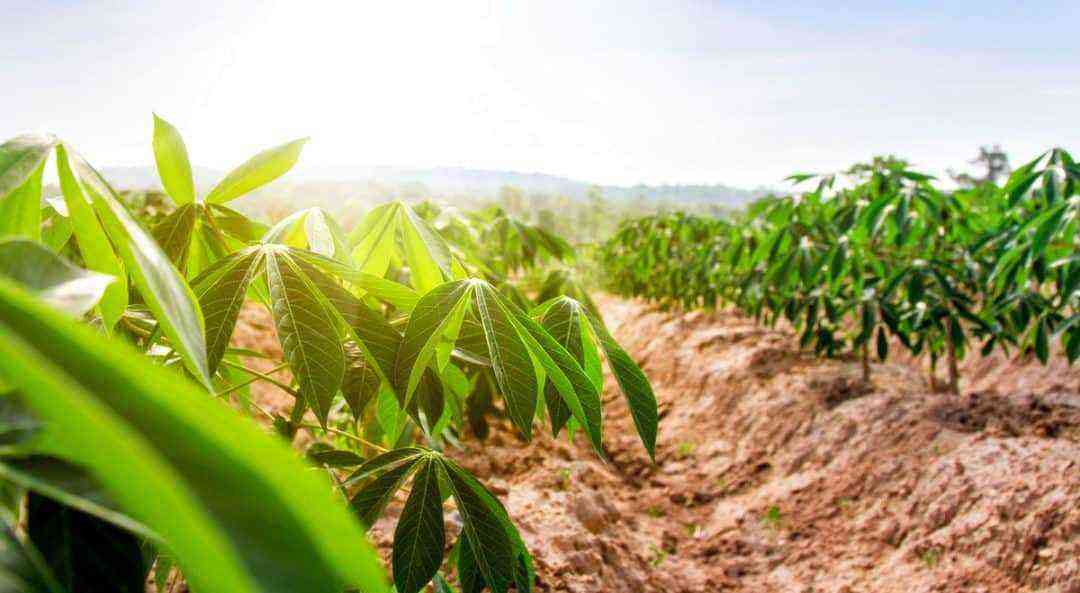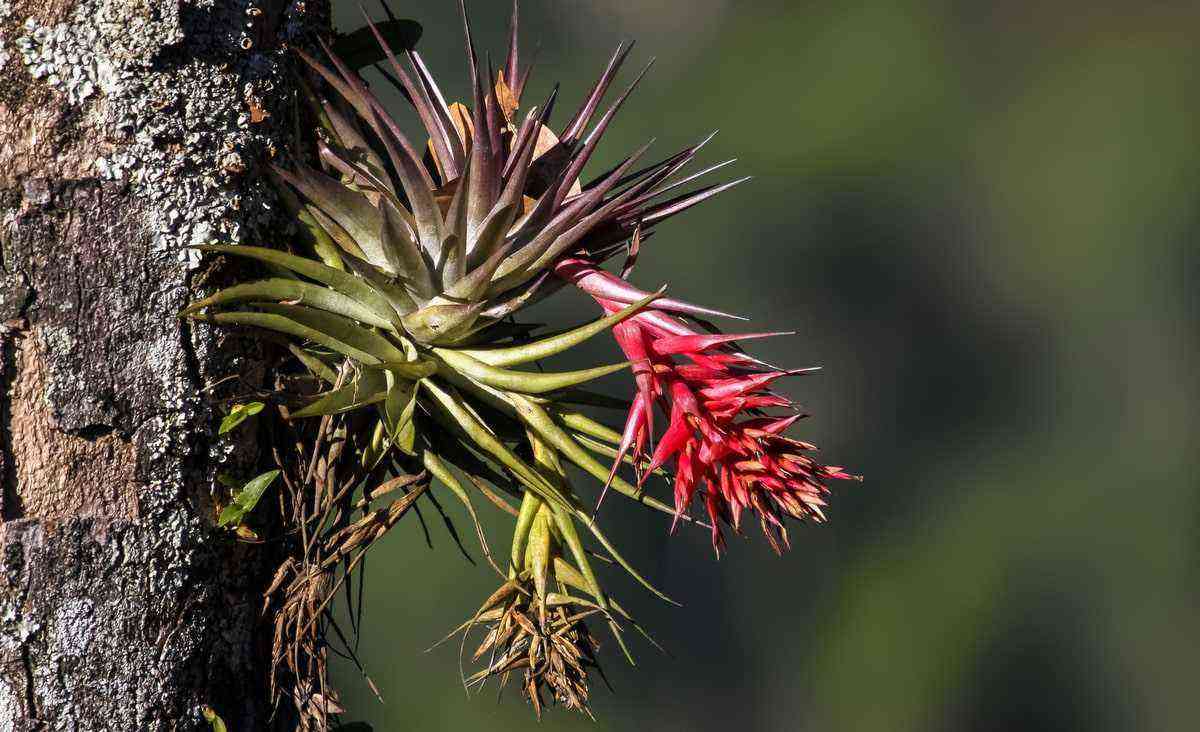If you are a rural producer or work in the Agribusiness sector, this article is for you! Last year, experts’ predictions came true and Brazil became the largest corn exporter in the world, surpassing the United States (USA).
Grain shipments closed at 44,9 million tons, a volume 88% higher than in 2018.
Known as the “breadbasket of the world”, the US lost ground in this regard due to a set of factors, including the trade war with China and the drop in crop performance in recent years.
Brazil, in turn, took off, taking advantage of its climatic conditions and the favorable price of the product in the international market.
In addition to corn, Brazil is recognized as one of the largest exporters of rice and soybeans. These three products together accounted for 93,2% of the estimated production in the country in 2019.
In this article, understand why Brazilian corn exports surpassed the US and how you can take advantage of this good moment. A good read!
US exports down
As we have already mentioned, producers in the United States have faced difficulties in planting and exporting agricultural products, due to the tariff war with China and the properties of soil and climate in the country.
Check out each of these questions in detail!
Trade War
The trade war between China and the United States had a considerable impact on the global economy, benefiting Brazilian exports.
The impasse between the two great powers began in 2018, when the US announced the application of a surcharge on aluminum and steel imported from several countries. A measure clearly aimed at the Chinese, with whom the country has a considerable trade deficit, in the order of hundreds of billions of dollars.
In the same month, faced with the protectionist policy of the United States, China also announced that it would impose a 25% tariff on an amount of US$ 50 billion in Chinese products. The country later said it would adopt tariffs of the same amount on products imported from US farmers.
In 2018 and the following year, this tariff dispute led China to resort to exporting commodities from the agricultural sector from other countries. One of the main destinations for Chinese resources was Brazil, which became the most important supplier of soybeans to the power. The sale of the product achieved a gain of 7 billion dollars compared to 2017.
In addition to the good pace of domestic soy shipments, other Brazilian products (corn, cotton, tobacco, liver, etc.) also enjoyed great acceptance in the Chinese market. What is expected for 2020 is that there will be a reduction in Brazilian exports, due to the truce signed between the two countries in September 2019.
To learn more about the high performance of exports of domestic agricultural products, we recommend reading our article on forecasts for the 2019/2020 wheat harvest.
crop failure
In addition to the trade war, the decline in US corn exports was also affected by crop failure.
The US Department of Agriculture (USDA) revealed, in June 2019, in its monthly agricultural supply and demand estimate report, that delays in planting (due to heavy rains) forced US producers to reduce their plantings.
The agency also showed that, until July 7, the number of soybean and corn crops in good or excellent conditions (57%) was much lower than that recorded in 2018 (75%). In addition, 31% were in good standing and 12% in poor condition.
Brazilian exports on the rise
In Brazil, the opposite occurred, despite the drop in soybean and rice exports in 2019 (3,7% and 12,6%, respectively). According to the latest estimate by the IBGE (Brazilian Institute of Geography and Statistics), this drop was offset by the production of 100,6 million tons of corn and 6,9 million tons of cotton.
The production of cereals, pulses and oilseeds in the country reached 241,5 million tons. All this due to a set of factors: abundant natural resources (light, water and soil), climatic capacity, new varieties of products (including corn) and expansion of the production of agricultural items to regions with higher productivity, such as Mato Grosso.
A report by the Food and Agriculture Organization of the United Nations (FAO) showed that the boom in corn production and exports in Brazil was impacted not only by ideal tropical soil conditions for planting, but also by geographic changes in cattle feed and a considerable increase in demand from Asian countries, as we have already seen.
The FAO also puts the direct government support and the relatively favorable exchange rate as the cause of the rapid increase in maize exports. With the continued weakening of the national currency, Brazilian exporters were encouraged to expand their markets and keep them competitive beyond Latin America.
According to information published by Cepea (Center for Advanced Studies in Advanced Economics of the Department of Economics at Esalq-USP), in June last year, Brazilian corn exports reached 173,2 tons on the international market, in the first 10 working days alone. of the month. And the price of the product has gone up.
The forecast for 2020 is that corn prices will remain stable; grain production should suffer a reduction of 3%, if compared to last year. Natural and economic factors – fires, droughts and delays in planting – and economic factors, especially the increase in foreign sales in relation to a favorable exchange rate, are likely to lead to a shortage of corn in the country.
Envelope or MF Rural
We are the largest agribusiness website in Brazil and we receive around two million visitors per month. Through our practical and modern platform, we promote the meeting of buyers and sellers of agricultural products and services, in addition to offering our customers quality, transparency, know-how and technology.
Did you like the article? Then go to the MF Rural website and find several rich and relevant content about the Agribusiness universe!




